Список изменений
07.11.2022
Исправлены стили для корректировки длины текстового фрейма
Нравиться
53
ilda.top © since 2019
made by
Made on Tilda
The creativity of Boris Rodnyy, by combining anthropogenic and mechanical, vegetative, architectural elements ontologically originated from the Vienna School of Fantastic Realism, which founded in 1946 (Albert Paris Gütersloh, Erich Brauer, Ernst Fuchs, Anton Lehmden, Wolfgang Hutter, ideologist Edgar Jené), as well from «biomechanical art» and its father-founder Hans Rudolf Giger (born in 1940, Switzerland), it is also associated with Zdzisław Beksiński (born in 1929, Poland) and with artists of a younger generation (born between 1955-1973) working in the directions of biomechanics, cyberpunk, gothic, surrealism and steampunk, such as: Jan Pieper (UK), Dariusz Zawadzki (Poland), Kazuhiko Nakamura (Japan) - the celebrant of «automatons», Tomasz Strażalkowski (Poland)], Peter Grich (Czech Republic), Tetsui Ishida (Japan). Many of them practice CG (Computer Graphics) and digital painting, as does Boris Rodnyy. In the artworks of Andreas Basurto, Damien Hirst, and the neo-expressionist Jean-Michel Basquiat, the destruction of the human body and bones is an important marker that refers to the religious cult of Santa Muerte and thanatology. Similar elements can also be found in Boris Rodnyy's images.
However, in comparison with such an impressive list of predecessors and contemporaries, the art by Boris Rodnyy has a fundamental difference. It is not anthropocentric, tends towards symbolism rather than realism, and is directed not towards the desacralization of man, but, on the contrary, towards the sacralization of man and life, programming an exit from existential loneliness, the destruction of systems of spiritual values, the priority of the profane over the sacred.
SEE MORE >>
However, in comparison with such an impressive list of predecessors and contemporaries, the art by Boris Rodnyy has a fundamental difference. It is not anthropocentric, tends towards symbolism rather than realism, and is directed not towards the desacralization of man, but, on the contrary, towards the sacralization of man and life, programming an exit from existential loneliness, the destruction of systems of spiritual values, the priority of the profane over the sacred.
SEE MORE >>
ABOUT ARTISt
Boris Rodnyy
Subsequently, two years of practicing yoga followed, along with encounters with the guru Sri Sri Ravi Shankar, visiting his ashram in India, a trip to Dharamsala, the residence of the Dalai Lama, on the way back from which I spent a week in the Osho ashram, founded by Bhagwan Shri Rajneesh near Bombay. Finally, in 2017, I managed to visit Tibet on specially "calculated" dates for me. By the way, I saw stunning Tibetan art in Gruyères, Switzerland, in a private museum adjacent to the museum of Hans Rudolf Giger, my favorite artist. In early 2022, I set off for Peru. While being in the plane, already on my way there I filled the entire notebook prepared for this purpose with drawings. Seeing the famous Nazca Lines in Peru in person triggered an "initiation" mode within me: their dimensions, designed to be seen from a height, gave me a sense of the vastness of the celestial "pictograms" that appeared in my mind.
SEE MORE >>
SEE MORE >>
Artist Statement
My journey as an artist towards my current outcome and vision has been intricate, traversing both physicality and spirituality.
I have always been receptive to all cultures, but Eastern aesthetics and philosophies have attracted me more than Western and European ones. Perhaps this is connected to some past incarnation of mine - I do not object to concepts of karma and reincarnation. Initially, there was a path through the body - psycho-physical practices of Tai Chi Chuan, which immersed me in the philosophy of Daoism, the concept of "inner reserve," and the management of energy through the body. Intention and Energy are key concepts in Tai Chi Chuan. I particularly resonated with the principle of "Being in motion, yet remaining in stillness," reminiscent of the power arising from meditation. This proved pivotal in my subsequent development as an artist.
I have always been receptive to all cultures, but Eastern aesthetics and philosophies have attracted me more than Western and European ones. Perhaps this is connected to some past incarnation of mine - I do not object to concepts of karma and reincarnation. Initially, there was a path through the body - psycho-physical practices of Tai Chi Chuan, which immersed me in the philosophy of Daoism, the concept of "inner reserve," and the management of energy through the body. Intention and Energy are key concepts in Tai Chi Chuan. I particularly resonated with the principle of "Being in motion, yet remaining in stillness," reminiscent of the power arising from meditation. This proved pivotal in my subsequent development as an artist.
Plot and compositions of works are visually related to the archetypal symbols of pre-Renaissance cultures. Boris Rodnyy contemplates and reconstructs traditional symbolic forms, based on which he creates his own sign system, the informational modules of which project a model of the world emerging from the chaos of nothingness. This strategy resembles the myth of the creation of the universe, where the artist takes on the role of the Absolute Creator, closer in image to a shaman or demiurge than to a modernist author. But even among the artists of the twentieth century, Boris Rodnyy could have found like-minded individuals striving to penetrate the essence of the unseen.
SEE MORE >>
SEE MORE >>
SERIES: COSMOGONIC MYTH I
WORKS






The way Boris Rodnyy realizes this idea is reminiscent of a trance-like state. He paints with a single line, almost never lifting it from the canvas. His meticulous, filigree graphics could be blueprints of the lost Atlantis, revelations of mystical ancient Chinese plastromancy on turtle plastron, fragments of the enormous geoglyphs of Nazca in Peru, or Tibetan sand mandalas. Rodnyy's visual imagery astonishingly combines the cold logic of Western culture with the irrationality, nature-centrism, and cyclicality of Eastern worldview.
The laboriousness of the process and the detail of the compositions is key to understanding the concept of his series. Upon closer examination of his meticulous graphics, a mystical feeling arises that each painting functions as a fractal leading to the next canvas. The emergence of infinite multiplicity upon approach unites Boris's creativity with the diverging paths of Jorge Luis Borges and the rhizome of Deleuze and Guattari. The visual code created by Boris unites the digital virtual present with the modernist past, making his works simultaneously timeless and relevant.
SEE MORE >>
The laboriousness of the process and the detail of the compositions is key to understanding the concept of his series. Upon closer examination of his meticulous graphics, a mystical feeling arises that each painting functions as a fractal leading to the next canvas. The emergence of infinite multiplicity upon approach unites Boris's creativity with the diverging paths of Jorge Luis Borges and the rhizome of Deleuze and Guattari. The visual code created by Boris unites the digital virtual present with the modernist past, making his works simultaneously timeless and relevant.
SEE MORE >>
SERIES: COSMOGONIC MYTH II
